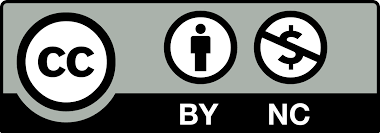Dr. Seyed Davoud Mohammadi, Ms. Fatemeh Rouhi Moein,
Volume 9, Issue 1 (9-2023)
Water and wind erosions are the two main factors of soil degradation. But these two processes alone, without human intervention, cause natural erosion and pose little risks to soil. Soil provides food security, preserves water resources, and affects the global climate. Soil reduces water pollutants and is also a carbon storage. The economic need for soil is greater in the world's developing countries because, in these regions, deprived farmers do not have enough resources to carry out erosion control methods. As a result, the risk of soil erosion continues to increase. Various parameters affect the erodibility of soils, including fertilizers. To investigate the effect of urea and potassium sulfate fertilizers on the soils of the Heidareh area of Hamedan, three sampling stations were selected, and then basic experiments including soil sample size, determination of Gs, Atherberg limits, pinhole test, determination of calcium carbonate percentage, determination of the organic matter, chlorine determination, sulfate content, and pH were conducted on soil samples. In this regard, the percentages of 1%, 3%, 5%, 7%, and 9% of urea fertilizer and potassium sulfate fertilizer were added separately to the soil samples of the studied stations. Then pinhole and erodibility tests were conducted using a rainfall simulator with different percentages of urea fertilizer and potassium sulfate fertilizer on soil samples of all three stations in dips of 10, 20, 30, and 40 degrees. The results of the erosion test show that with increasing the amount of fertilizers, the amount of eroded soil in all sampling stations has decreased significantly. The reason for reducing erosion can be related to increasing soil permeability and reducing runoff, by increasing the amount of fertilizers and the lack of fertilizers' effect on soil dispersion


